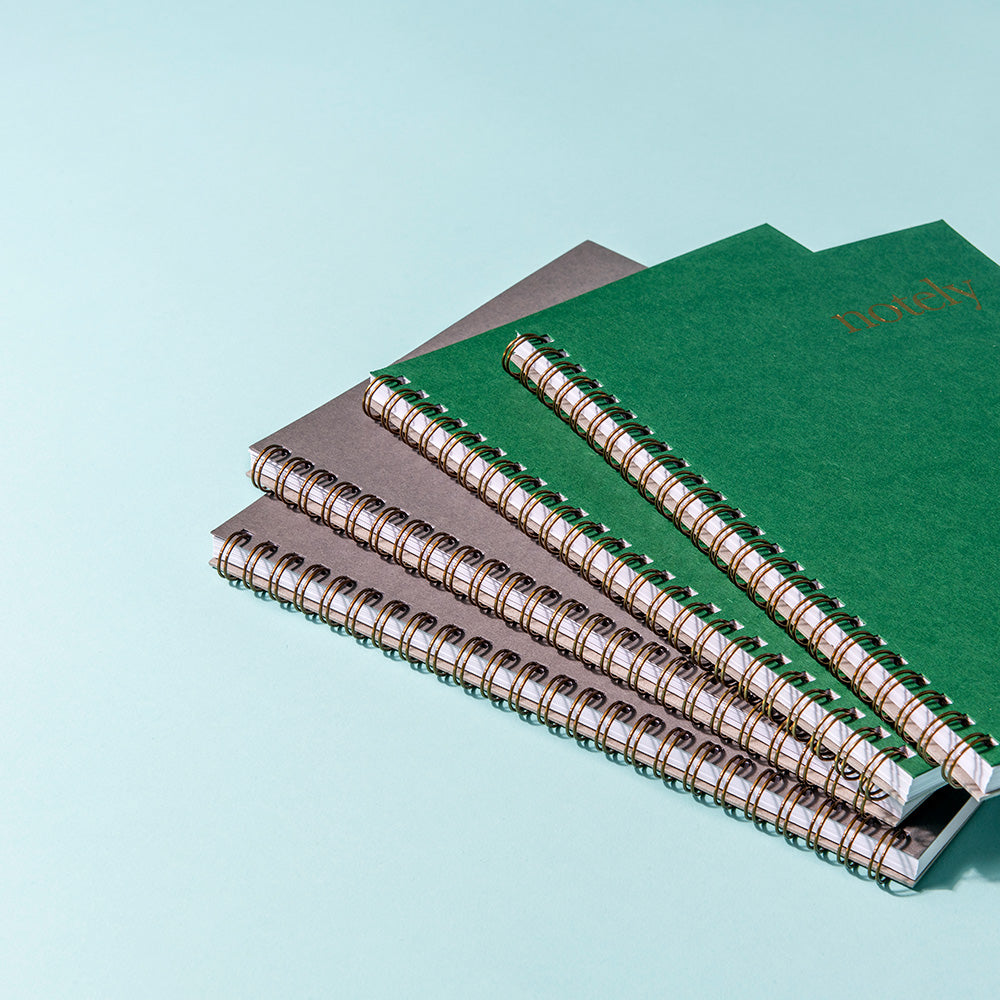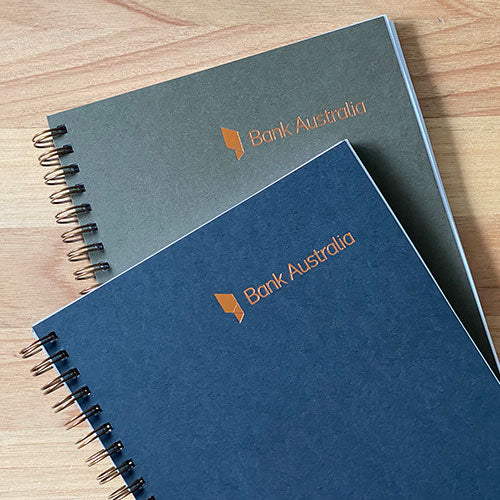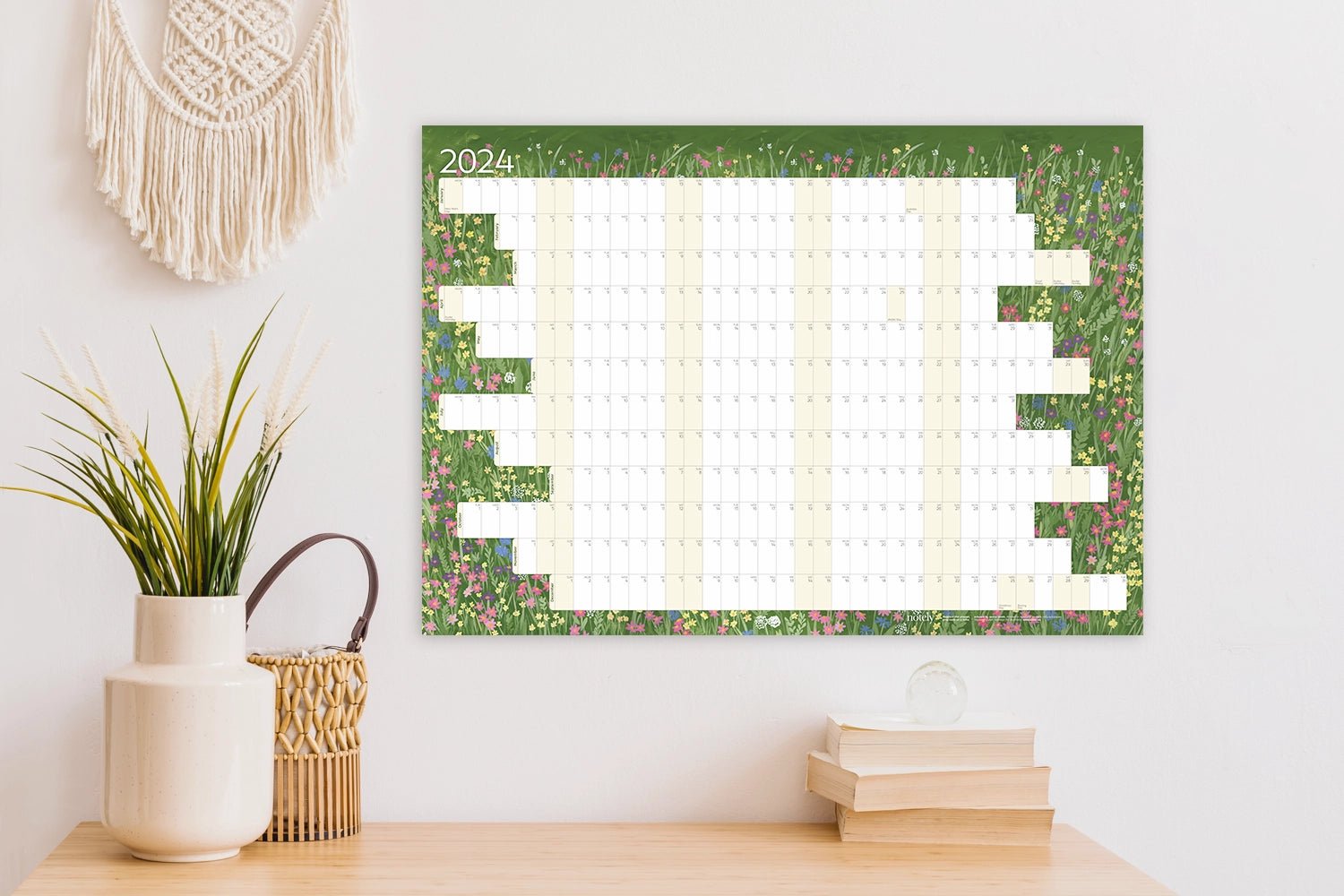What’s this journaling thing all about? With the pandemic and lockdown continuing, how do we process all of “this” without feeling completely overwhelmed? The relentless media coverage and statistics can be tiring and stressful to deal with – and wearing us all down after many months of the big C-word’s continual spread.
This is where journaling can help. Stepping away from the screen and writing things down can really go a long way to help you process your thoughts.
Here’s 5 ways you can start journaling today…
1. Brain Dump or Free-Flow Writing
As described by Julia Cameron in The Artist’s Way, the “Morning Pages” or free-flowing “brain dump” aims to get all of the scattered thoughts out of your head and onto the page. There’s no need for perfect sentences or grammar, just scribble the words as they come to you. The quicker, the better! The idea is not to get hung up on trying to be the “perfect” writer – who is?! – but to help you connect with your subconsciousness to uncover your true creative ideas or purpose. As we can often get stuck in a loop of thoughts on a subject (hello 2020!), we can cloud our judgement about the more important things in life.
The more often you get into this rhythm of “brain dumping” each day, onto the page, no matter what mood you’re in, the better you’ll learn to understand yourself and have clearer thinking. Julia’s book talks about this in much more detail – highly recommend it if you’re “stuck” at the moment and want to move forward.
2. Date & Time Recordings
Keeping a diary can be as easy as jotting down daily events, work, or appointments. In 2020, your diary might include skype dates with friends, an exercise or cooking diary, or details of a home project you’re working on. If you’re a bit of a green thumb, utilise a specific plant journal to document things you planted in the garden, which plants you repotted or house plant rotations.
If time permits, writing a few sentences about how you feel, or things that happened during the day, can help your brain unpack your thoughts. A daily summary is a great way to look back at the day and help identify things you loved or might want to change.

Step away from the screen and fall back in love with paper.
3. Being Thankful
In The Resilience Project, Hugh van Cuylenburg, discusses the importance of Gratitude, Empathy and Mindfulness (GEM) to be happier and more resilient. He recommends writing down 3 things each day that you’re thankful for. The act of practicing gratitude for the things we have already, seeks to change our thinking from “what we don’t have” – and to love “what we have”.
When things are tough, it can be hard to think on the brighter side, but there are small moments in every day that you might be overlooking. Is it a lovely meal cooked by your loved one. The glorious full moon in the sky. A beautiful smile from your child or pet after a difficult day. Find 3 things every day that you’re thankful for (however small they might seem) and write them down. Keep a notebook or journal on your bedside table to jot in as you hop into bed each night.
4. Get Quotey
When I was younger I loved recording inspirational quotes and sayings. This was well before Instagram made them shareable. I had a special journal just for these quotes and phrases that I would pull down off the shelf when I needed a little pep talk. Sometimes I’d handwrite them in, and others were cut-outs from magazines or a photocopy from a book I’d loved. A quick read of those inspirational pages might just be the motivation you need on a Monday morning or to tackle a big project. Or maybe you need a reminder of self-care? Find things that inspire you and record them in a beautiful journal — you’ll be surprised at how often you refer to it!
5. Visual Journaling
If you’re struggling to find the words, a visual approach might be more your style. Sketching, doodling, or mind mapping out your thoughts can help deconstruct a larger project or idea you’ve had mulling around in your head. A blank paged notebook might be more your style for this, clear uninterrupted space to get that clutter out of your brain. Start in the center of the page with the topic or issue, then connect lines out to more bubbles or topics, then continue outwards with sub-topics that relate to each “arm” of your mind map. Then you’ll have a huge bank of themes or ‘to-dos” that breakdown the larger project at hand. Smaller, simple tasks get the ball rolling and you’ll be on your way with that project in no time.
As many are saying, we’re living in unprecedented times. Journaling your thoughts can go a long way to helping cope with changes in life, job, or routine. We hope that you’ve identified with even one style journaling that might work for you and hope you can find a way to integrate it into your daily routine. Happy journaling!

![Spearmint A6 Pocket Notebooks [BULK 8 PACK] - Notely Lined](http://notely.com.au/cdn/shop/products/spearmint-a6-pocket-notebooks-bulk-8-pack-notely-399099_1600x.jpg?v=1699275130)








